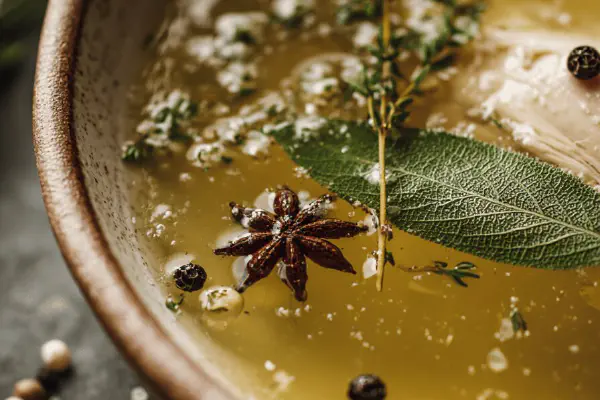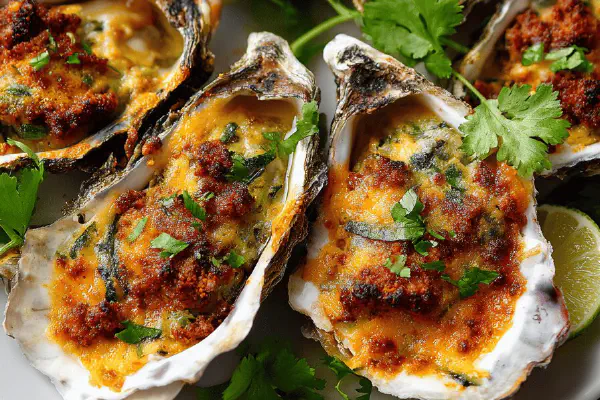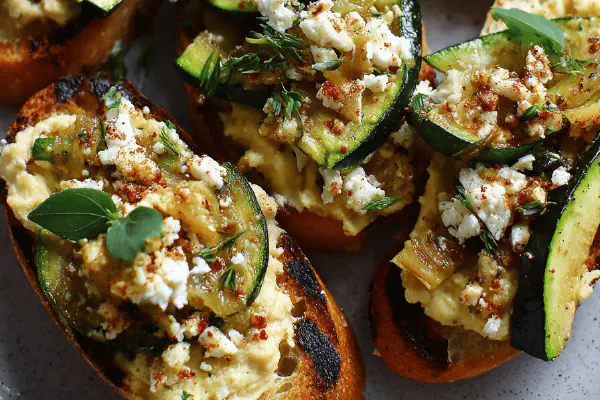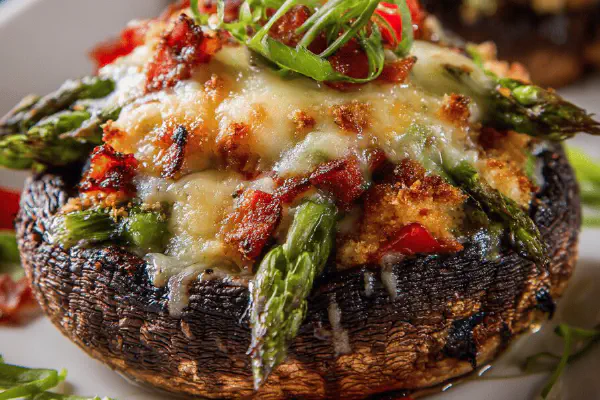Duck Gizzards with Thyme-Citrus Twist
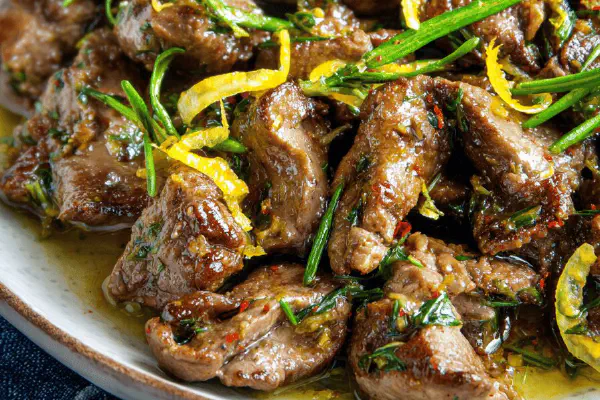
By Emma
Certified Culinary Professional
Ingredients
- 160 g cooked duck gizzards (about 1/3 lb)
- 25 ml rendered duck fat (roughly 1 1/2 tbsp)
- zest of 1 lemon
- 20 ml freshly squeezed lemon juice (just over 1 tbsp)
- 20 ml fresh tarragon finely chopped
- 5 ml smoked paprika
- salt and freshly ground black pepper
About the ingredients
Method
- Heat the duck fat gently in a small heavy pan until shimmering but not smoking.
- Add gizzards, spread evenly. Let sizzle softly, skin side down, until edges crisp and smell nutty, around 10 minutes. Resist stirring — watching edges darken is key.
- Flip, cook another 5 minutes. The gizzards should feel firm but still springy under finger pressure — avoid overcooking or they toughen.
- Sprinkle lemon zest, smoked paprika, half the tarragon. Stir briefly. Toss in lemon juice; you’ll hear a faint hiss, acid hitting fat; it brightens flavor instantly.
- Remove from heat once liquid evaporates slightly — 2 more minutes. Season liberally with salt and crack fresh black pepper.
- Let rest few minutes off heat — flavors marry better warm, not piping hot.
- Serve spooned onto small plates as appetizer or alongside rustic salad for light main.
Cooking tips
Chef's notes
- 💡 Heat rendered duck fat low and slow until shimmer shows. Don’t rush or smoke. Watch edges darken golden brown but not black. Timing key for that nutty duck aroma hitting. Avoid stirring too much; let gizzards settle then flip once to keep crisp edges, tearing ruins texture.
- 💡 Use fresh lemon zest finely grated. Big zest flakes turn bitter when cooking, acid oils fade if zest goes in too early. Smoked paprika is delicate — too much kills subtle fruitiness, opt mild variety or substitute sweet paprika if preferred. Add lemon juice late; wait for faint hiss before pulling off heat to keep acidity bright, not harsh.
- 💡 If duck fat scarce, substitute chicken fat but expect less bold aroma; flavor shifts but still good. When fresh tarragon missing, reduce dried by half; it dries quickly and shrivels strong so scale carefully. Season last with salt and cracked black pepper; salt early draws moisture and softens crust.
- 💡 Dry gizzards well if thawed—wet surfaces steam instead of crisping. Patience pays; gizzards toughen fast if overdone; test by gentle press to feel springy but firm. If edges not crisp after 10 minutes low heat, turn temp slightly up but watch closely. Use small heavy pan for even heat, prevents hot spots burning tiny herb bits.
- 💡 Let gizzards rest off heat after cooking; flavors settle better warm not hot. Avoid reheating aggressively as acidity dulls, herbs flatten, crisp edges soften. Toss herbs in briefly with zest and paprika off direct heat to keep oils aromatic. Serve right away for best contrast juicy centers and crunchy edges.
Common questions
How to tell when gizzards are done?
Press gently with finger—springy but firm, not mushy or rubbery. Crispy edges give scent clue, nutty aroma develops. Overcook they tighten, undercook stays soft. Watch color and smell as guide.
Can I use dried herbs instead of fresh tarragon?
Yes but cut amount in half, dried harsher. Adds anise scent but can dry out dish if too much. Keep fresh if possible. Tarragon key for aroma shift versus thyme, try to balance.
What if I don’t have duck fat?
Chicken fat good substitute, less bold but cooks similarly. Butter possible but flavor changes. Store-bought duck fat works fine but homemade renders richer. Avoid vegetable oils; lack depth and crisping ability.
How to store leftovers?
Cool quickly then fridge up to 2 days. Reheat gently, low heat—don’t scorch or microwave hardens texture. Can freeze but texture shifts, best fresh. Leftover crispiness lost over time, eat while warm for best texture.
